Technical Parameter
The GE IS200AEPAH1AHD is a high-performance printed circuit board (PCB) component produced by General Electric (GE). It is a core module of the GE Fanuc IS200 series industrial automation control systems.
Key Features:
-
Signal Conversion: The IS200AEPAH1AHD can convert digital signals to analog signals, used for controlling devices such as valves and actuators.
-
Power Management: As an Exciter Power Amplifier (EPA), it distributes and manages power within the system, ensuring stable power supply to other modules.
-
Communication Capabilities: It supports multiple communication protocols, including Modbus TCP/IP, DNP3, and CAN bus, allowing seamless integration with other systems and devices.
-
High-Precision Control: Ideal for industrial automation scenarios that require high precision and reliability, such as process control, energy production, and manufacturing.
Technical Specifications:
-
Input Voltage Range: Main power supply: 110V-480V AC ±10%, Auxiliary power supply: 110V-220V AC ±10% or 24V DC ±10%.
-
Output Voltage Range: Analog output: 4-20mA or +5V to +10V, supporting various signal types.
-
Operating Temperature Range: -40°C to +70°C, designed to withstand harsh industrial environments.
-
Physical Characteristics: Dimensions: 300mm (L) x 150mm (W) x 240mm (H), IP65 protection rating, suitable for outdoor installation.
Applications:
-
Industrial Automation: Widely used in the manufacturing industry (e.g., production line control), robotics systems, and process control (e.g., temperature, pressure, and flow monitoring).
-
Energy Production: Used in control systems for gas turbines, steam turbines, and hydro turbines, ensuring efficient operation of power generation equipment.
-
Wind Power Generation: Particularly suitable for Mark VIe wind turbine control systems, offering high-density component designs to meet complex requirements.
Compatibility and Expandability:
-
Compatible with Mark VI or Mark VIe control systems, supporting a modular design for easy installation and maintenance.
-
Redundancy configurations are supported to enhance system reliability.
Additional Features:
The GE IS200AEPAH1AHD is a powerful and reliable industrial automation module, suitable for high-demand process control applications. Its flexible design and wide range of applications make it a vital component in the field of industrial automation.
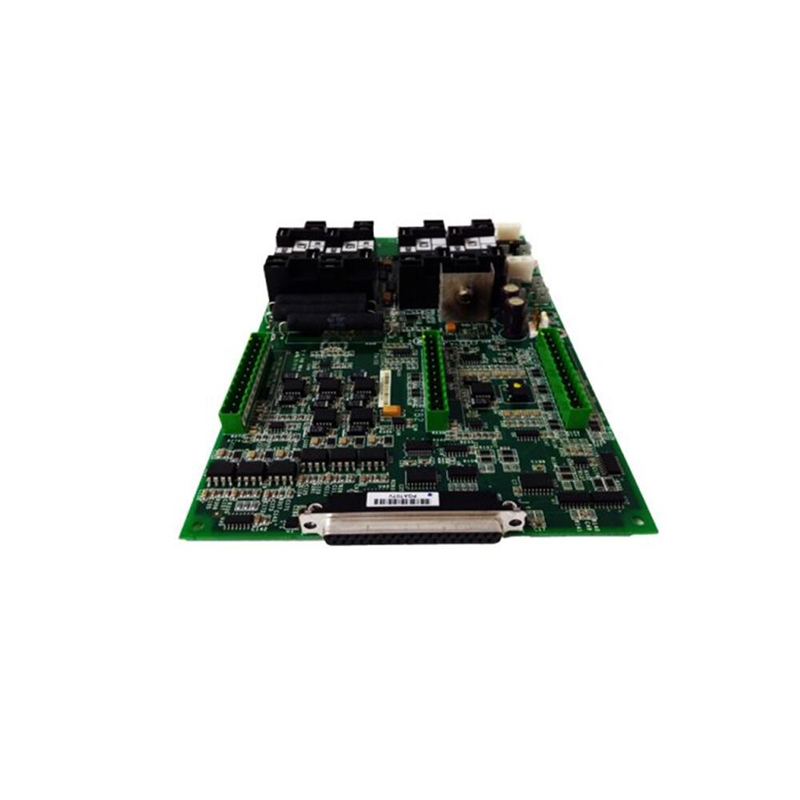
Annual hot selling advantage products:
ABB PM665、ABB S-073N、ABB S-123H 3BHB030479R0512
First hand source, affordable price. Spot inventory!
•Shipping Port: Xiamen
•E-mail: sales7@saulplc.com
•Tel: + 86-15359273796(WhatsApp)
•Ship to you via Fedex/DHL/TNT/UPS/EMS
•Package: Original packing with cartons
GE Hot Selling models

What is a DCS?
A Distributed Control System (DCS) is a sophisticated, computer-based control system designed to automate, monitor, and manage complex industrial processes. It is widely used in large-scale industrial facilities such as refineries, power plants, chemical plants, and paper mills, where precision, reliability, and scalability are critical.
How Does a DCS Work?
A DCS is composed of several interconnected components that work seamlessly to ensure efficient process control. Here’s a breakdown of its key elements:
- Controllers:
These are the “brains” of the system. Controllers receive data from sensors, process it using pre-programmed logic, and send output signals to actuators to maintain optimal process conditions.
- Sensors:
Sensors act as the “eyes and ears” of the system, measuring critical physical parameters such as temperature, pressure, flow rate, and level. This real-time data is essential for accurate control.
- Actuators:
Actuators are the “muscles” of the system. They execute physical actions based on controller commands, such as opening/closing valves, starting/stopping motors, or adjusting dampers.
- Operator Stations:
These serve as the human-machine interface (HMI), allowing operators to monitor the process, adjust setpoints, and troubleshoot issues. Modern DCS systems often feature intuitive graphical interfaces for ease of use.
- Communication Network:
The backbone of the DCS, this network connects all components, enabling seamless data exchange and coordination. It ensures that every part of the system works in harmony, even across large industrial sites.
Why is a DCS Important?
- Centralized Control with Distributed Execution: A DCS allows for centralized monitoring while distributing control functions across multiple controllers, reducing the risk of system-wide failures.
- Scalability: It can easily expand to accommodate growing operational needs.
- Reliability: Redundant systems and fail-safes ensure continuous operation, even in critical environments.
- Efficiency: Optimizes processes, reduces waste, and improves overall productivity.
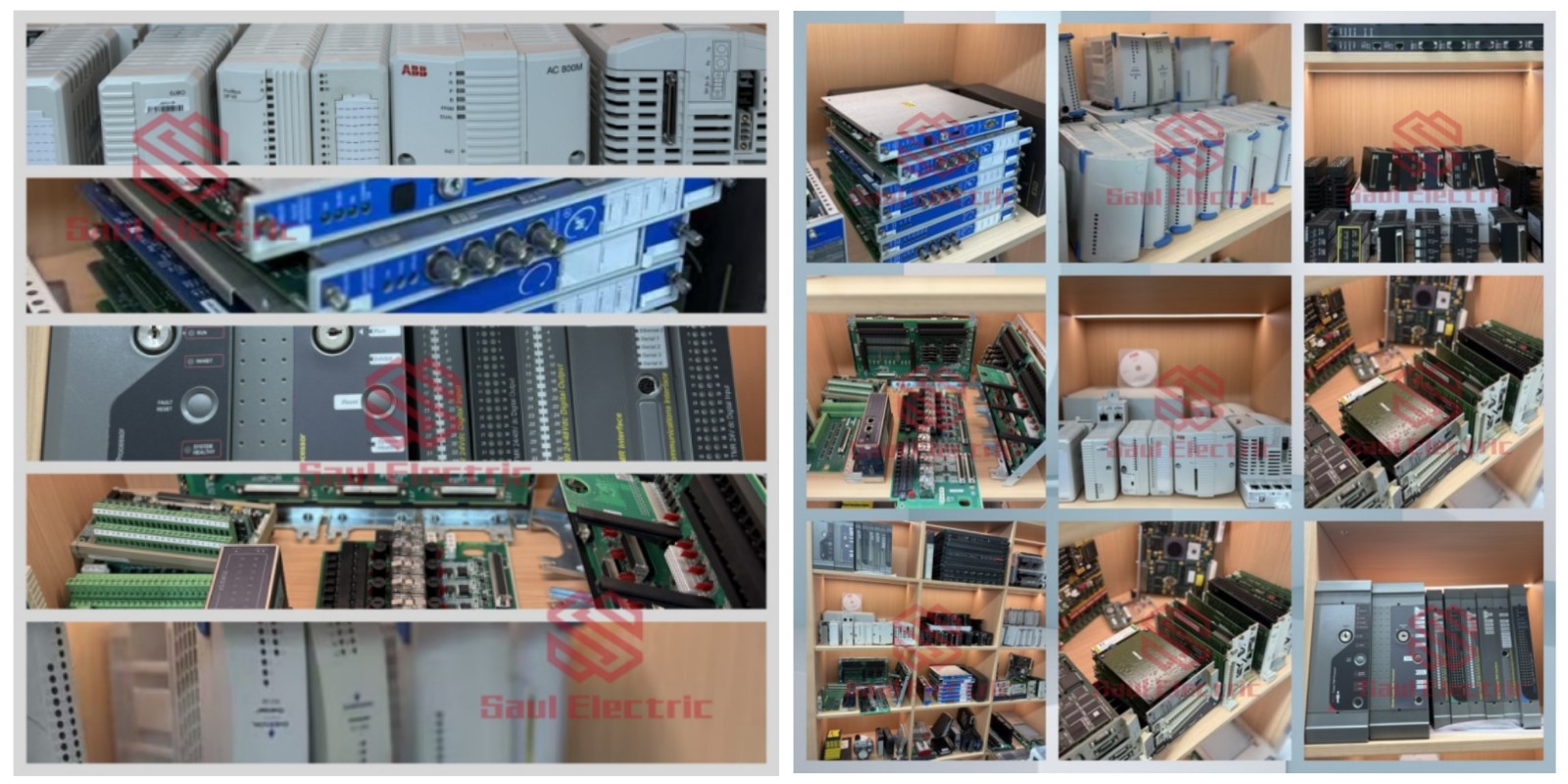



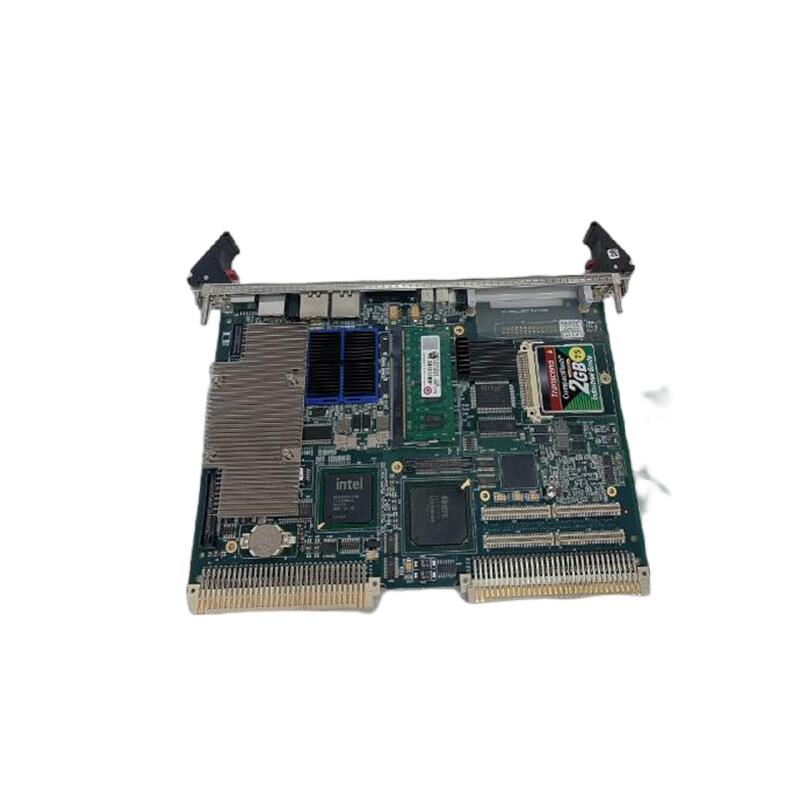



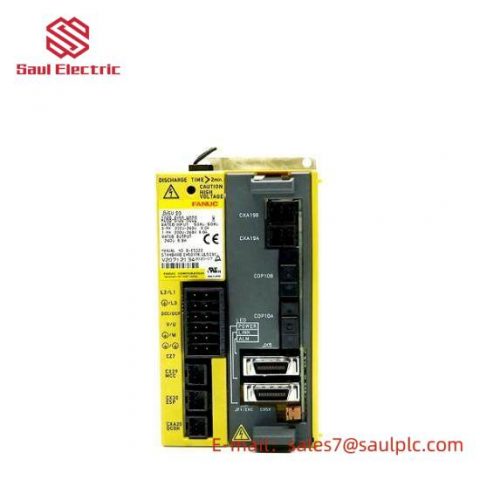

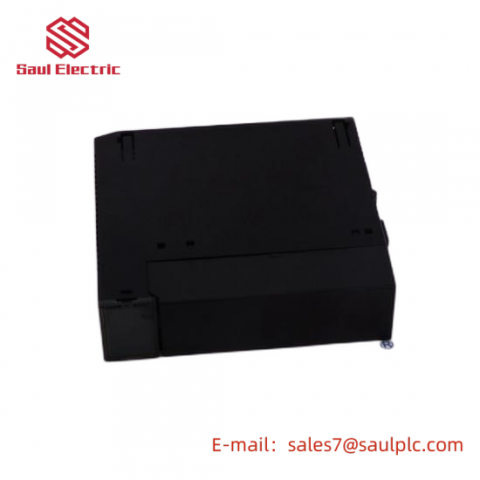
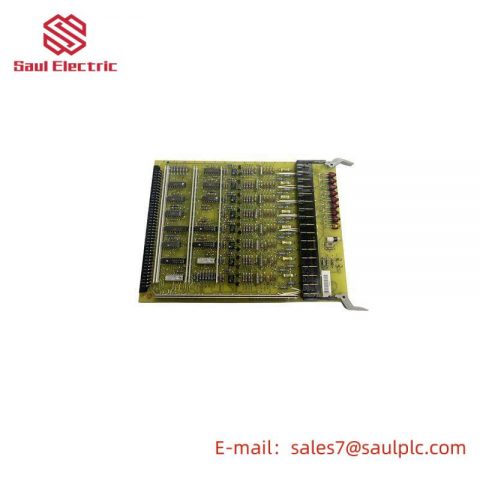
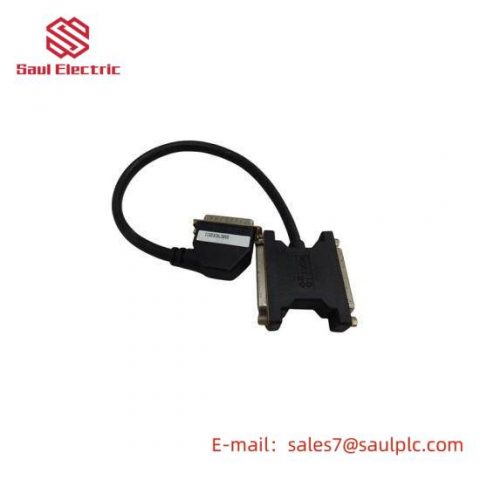
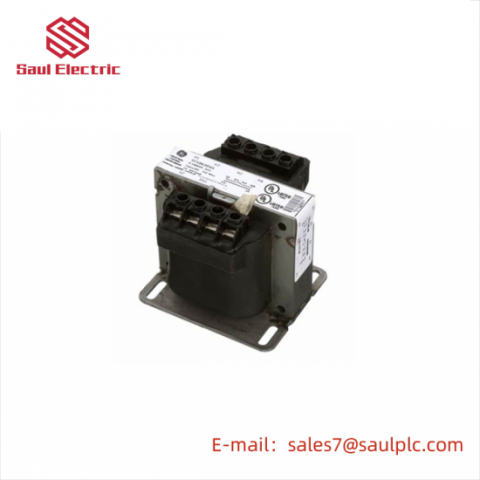
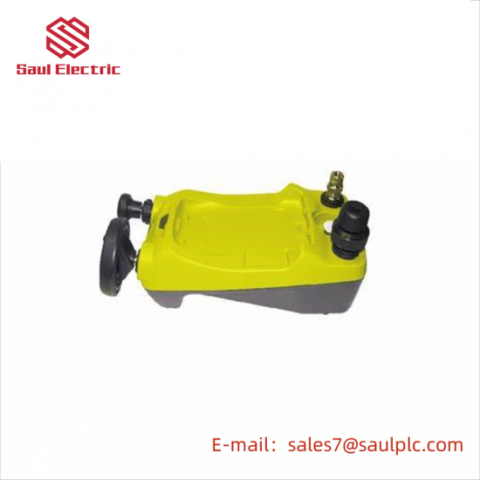
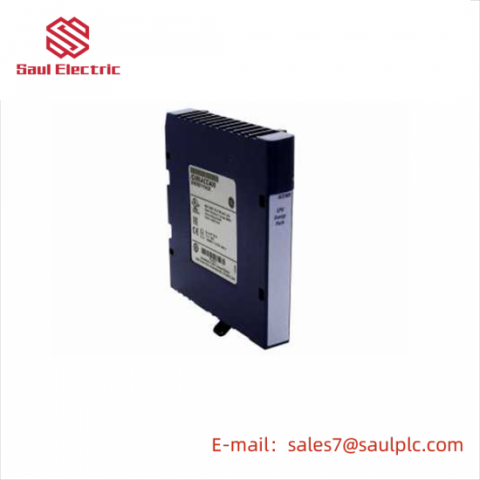
There are no reviews yet.